A file format is a standard structure of your data within a file when it’s organised and stored in a computer.
Files always have file extensions, which allows an operating system (like Windows or MacOS) to understand which program on your computer the file is linked with. For instance, uploading marketingbudget2018.xlsx can be automatically associated with Microsoft Excel, a Microsoft file extension.
Clinked users are sharing millions of different files every day, from videos to images and documents. And different industries tend to use certain file formats more so over others, too, meaning that Clinked can accommodate to all. For instance, whilst accountants rely heavily on spreadsheets (.xlsx), designers work more frequently with Adobe files (.pdf, .psd, .ai) and so a wide variety of file formats needs to be supportable by products like Clinked.
Let’s take a look four of the most common file formats and how different businesses are using them when collaborating with team members and clients within their Clinked portals.
Word documents (.docx)
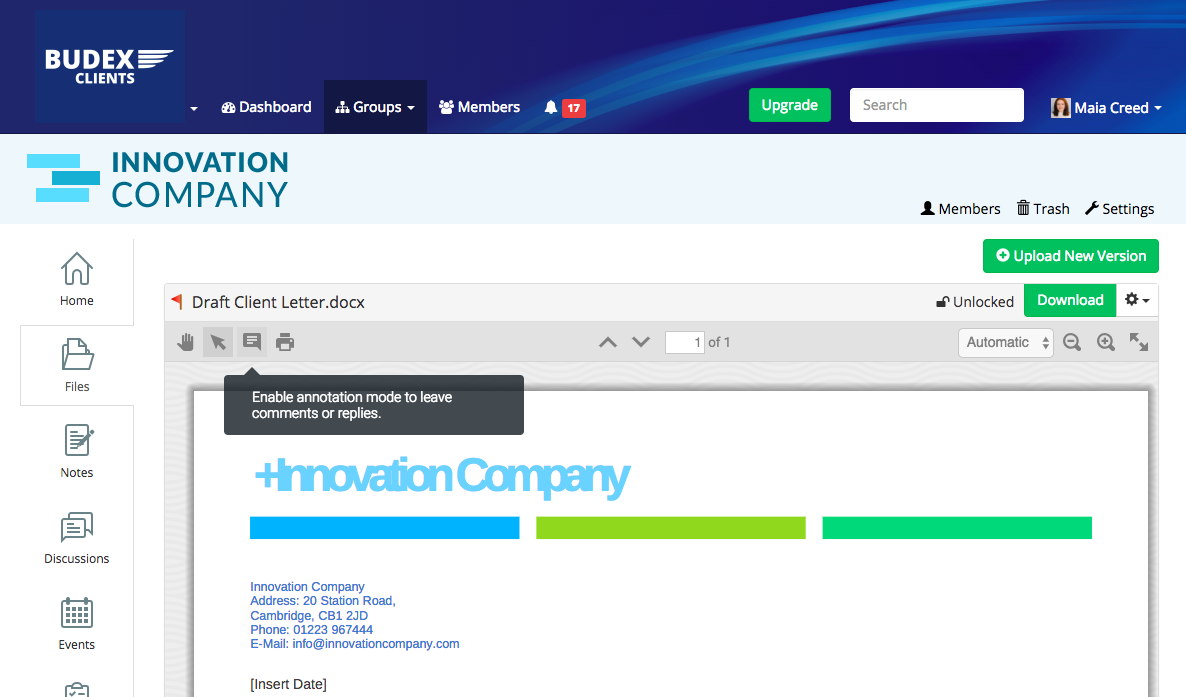
Word documents are one of the most commonly used file formats and are a type of document created by Microsoft Word. The file extension found in this case would be .docx (with older files being named .doc). These files are used for containing a variety of document content, with most of it being text; but can also frequently be found containing a variety of additional images, shapes and styles.
For instance, a consulting agency would use Clinked to upload their .docx files for when they require the file to be edited easily; for instance, when is a new client proposal is being drafted up prior to submitting the final version to a client (which would then be made available to the client as a .pdf), or if a draft letter needs to be made easily editable for sending to multiple customers later on.
Web page images (.png and .jpg)
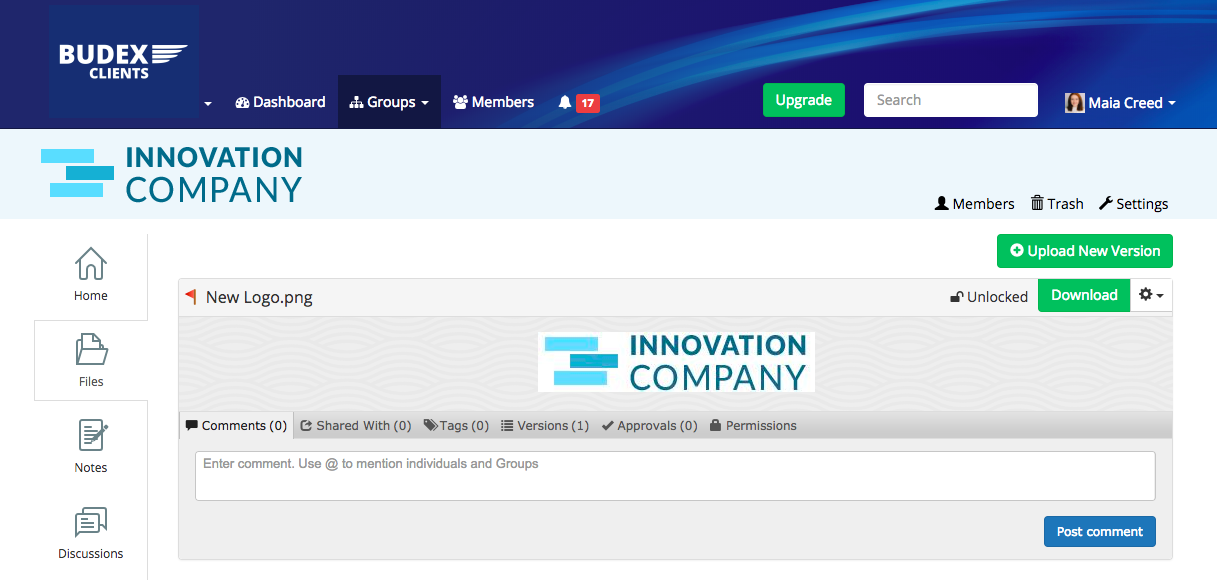
Images are another common type of file format. These digital images are used for a variety of different purposes and offer a wide range of different file extensions, enabling you to differentiate them and see when they are used – for instance, .png, .jpg, and .gif are all examples of web page images.
As an example, a graphic design or advertising company will most likely share final images (such as logos, brochures and other promotional materials) with customers in their Clinked portal as .png images. This is because .png files are suitable for text in images, has lossless compression and supports transparency. Then, the customer can easily approve the file and download it to put on their website, without losing the quality of the image.
Adobe acrobat files (.pdf)
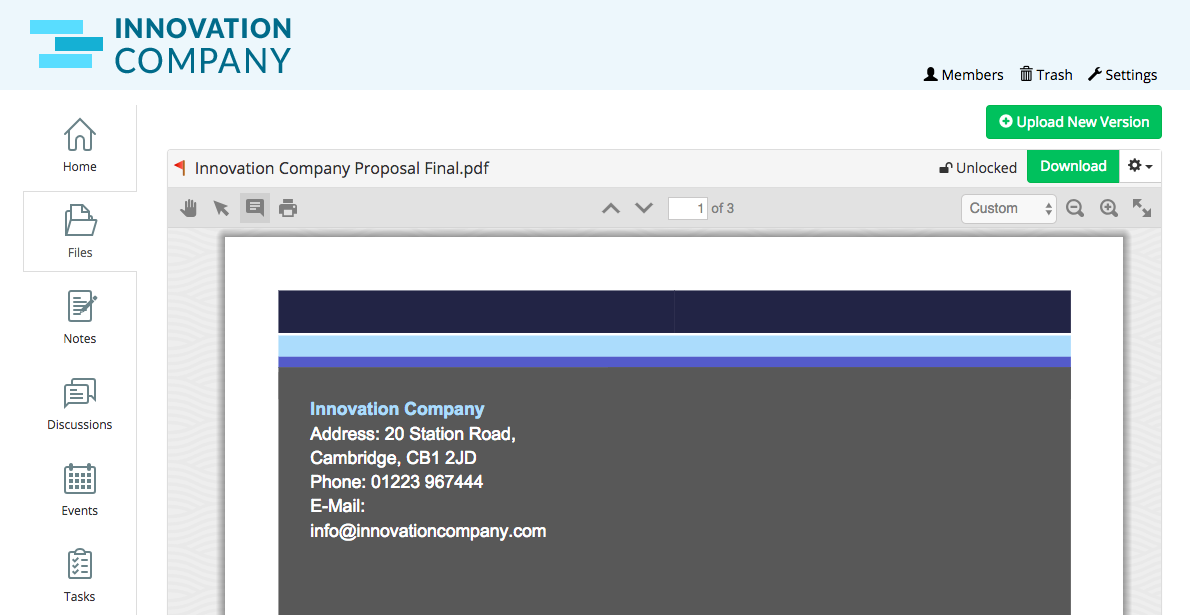
Adobe acrobat is application software and web services developed by Adobe. Adobe acrobat allows for .pdf files to be viewed, edited, managed and printed. PDFs (Portable Document File) are designed to protect the layout of the document, making them ideal for sharing, as they will be viewed the same way on any device through any operating system, software or hardware.
These file types are used by businesses across all industries using Clinked, from law to education and government. If you think of a document that you would want to retain for future reference without the need for editing, for instance finalised contracts or technical documentation, a .pdf will be the best option for your clients – as the format of the file will be preserved when uploaded into multiple Clinked groups.
Multimedia files (.mp3 and .mp4)
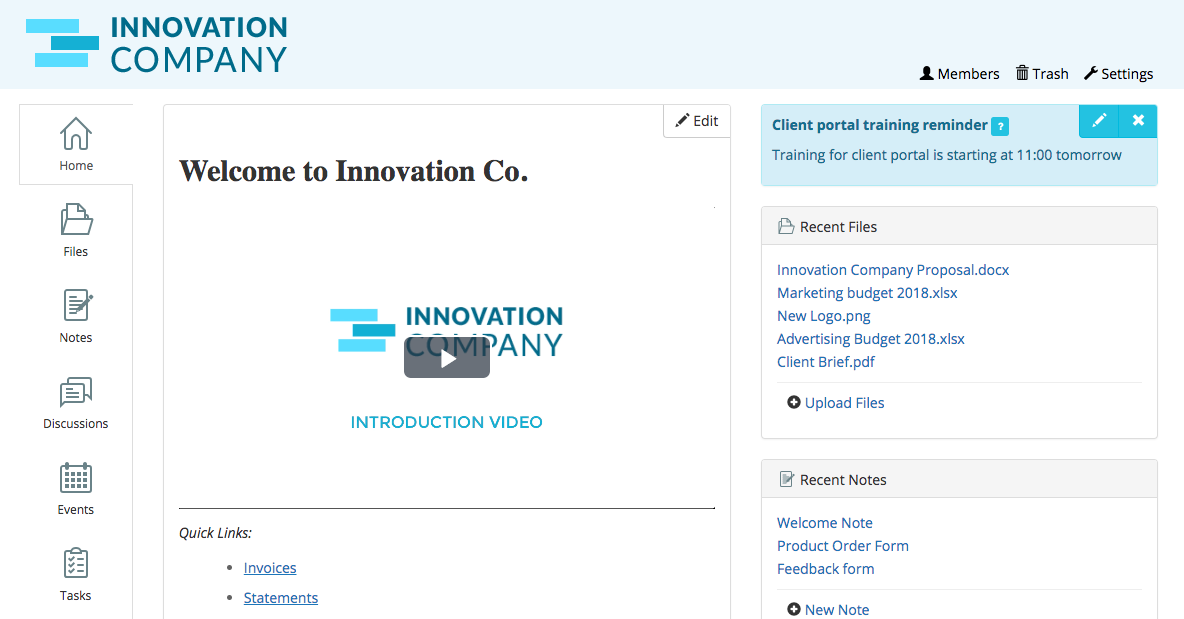
There are two ways of defining a multimedia file. Either they are A) a file that holds two or more multimedia elements (e.g. an .mp4 file holds audio and video), or B) a file other than one which is text-only (e.g. an .mp3 file holds only audio). Other types of multimedia files can include .mov (QuickTime), .mpeg (Moving Pictures Expert Group) and .avi (Audio Video Interleave).
If you’re a media company, perhaps specialising in post-production or digital advertising, and are constantly sending videos and audio back and forth; a solution like Clinked will be able to cope with the demands of the size and quantity of the files that you’ll be uploading, whilst clients and team members will also being able to watch the content directly within the portal without downloading them first.
Choosing Clinked for file sharing, editing and storing
Clinked created Seeview, an online document previewing tool, for customers needing instant access to all of these file types and more – whether that’s to share amongst team members or make available for their clients to approve.
Seeview includes a variety of document editing tools such as text highlighting, annotation mode and instant printing. This online document tool improves the efficiency of editing, previewing and approving files and limits the need to download your file before being able to access it.
You can find out more about Seeview on our features page here.
Clinked offers customized and secure portals for file sharing, task management and collaboration. Clients and team members can access their documents, discussions, events, tasks and more – all from within a centralized environment. Get started today.
Find out more about file sharing with Clinked


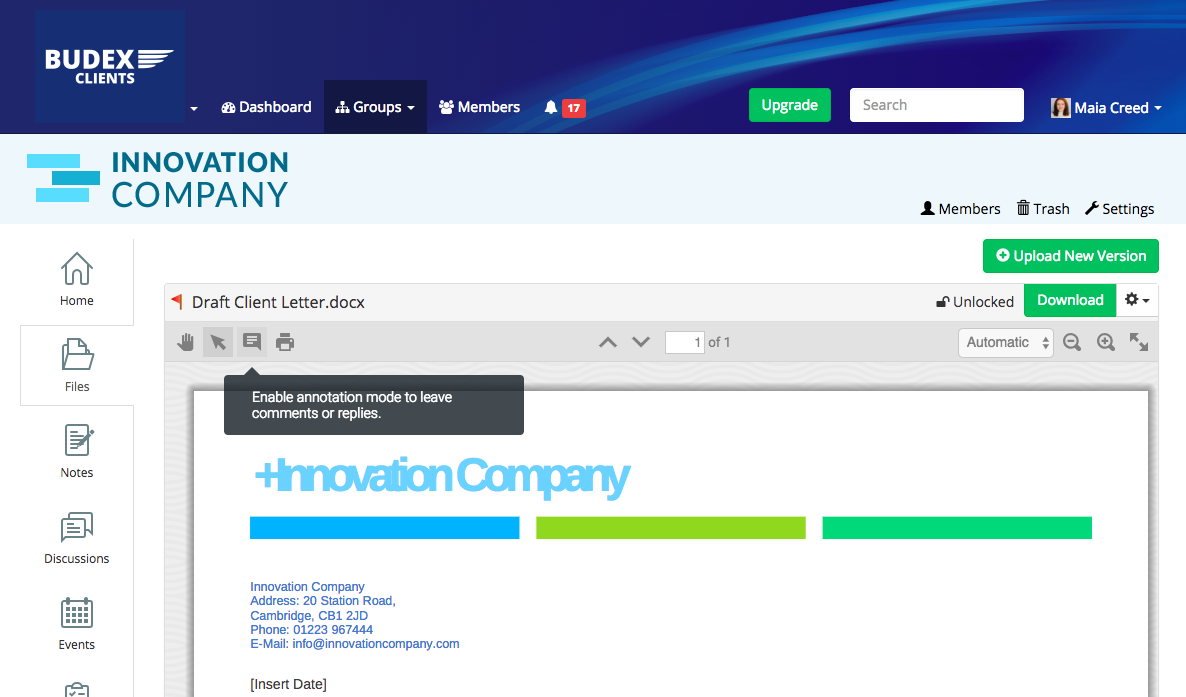



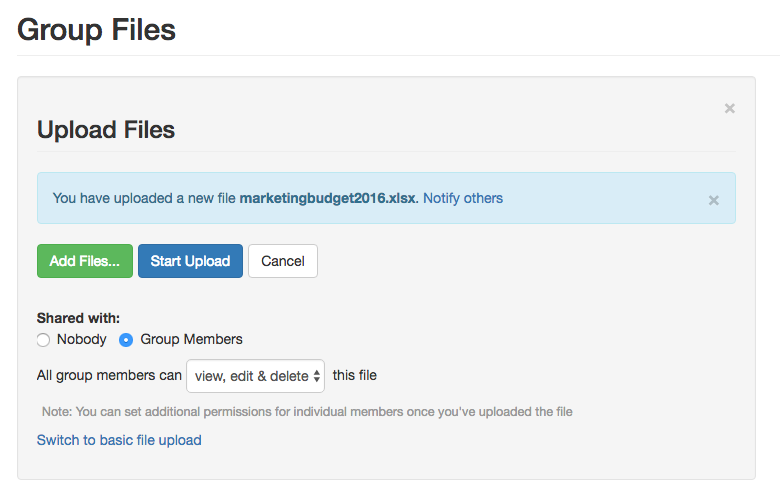
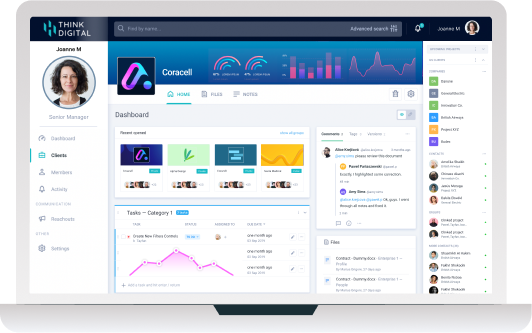

Let Us Know What You Thought about this Post.
Put your Comment Below.